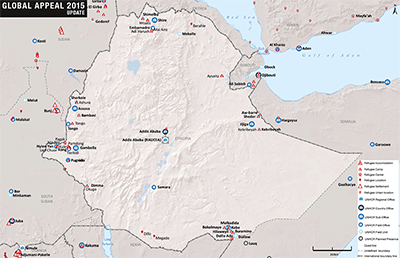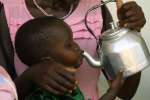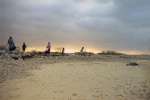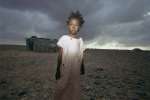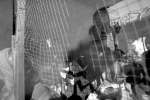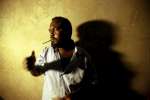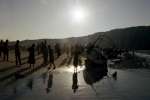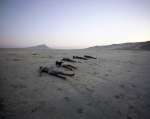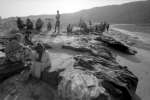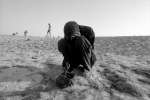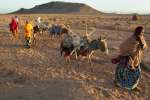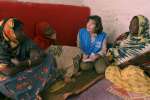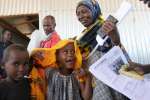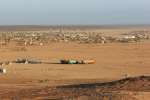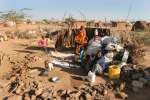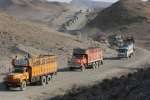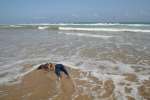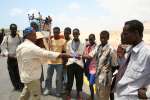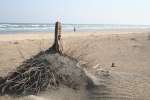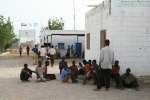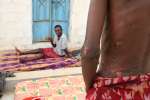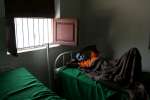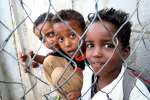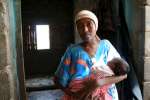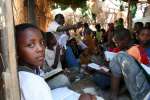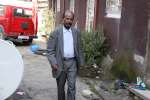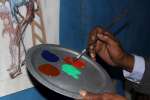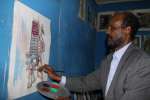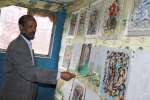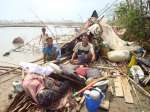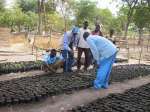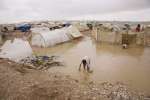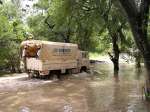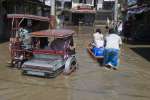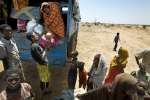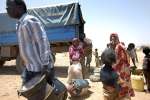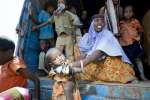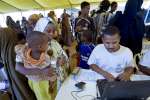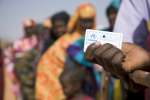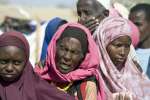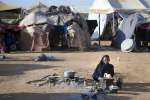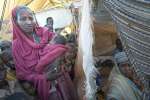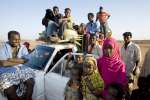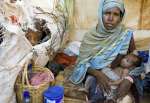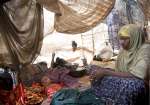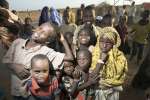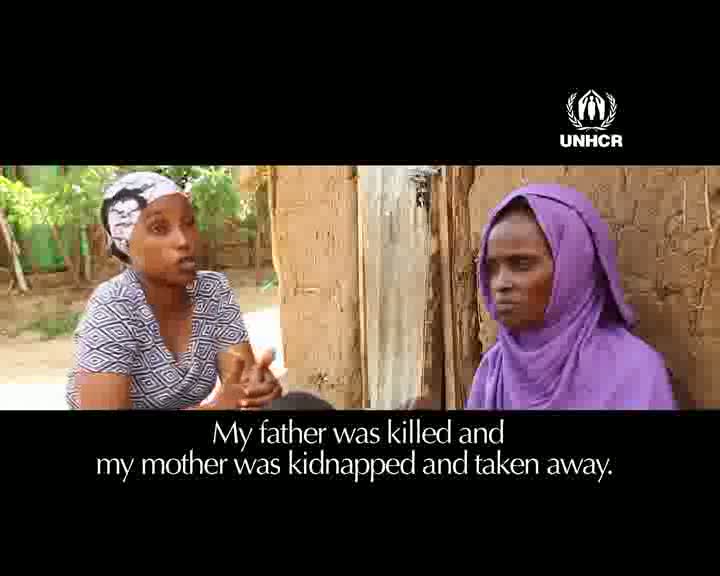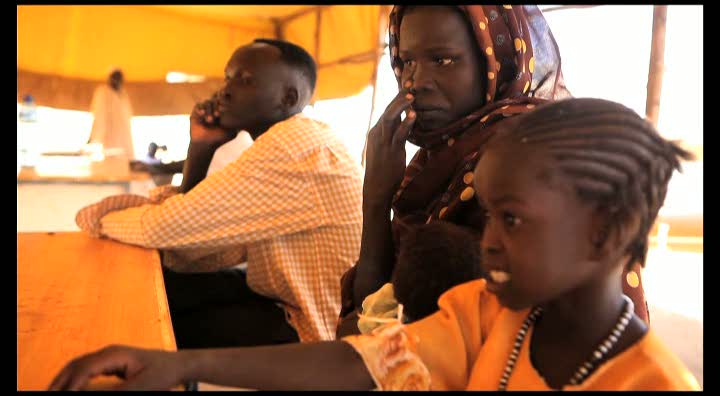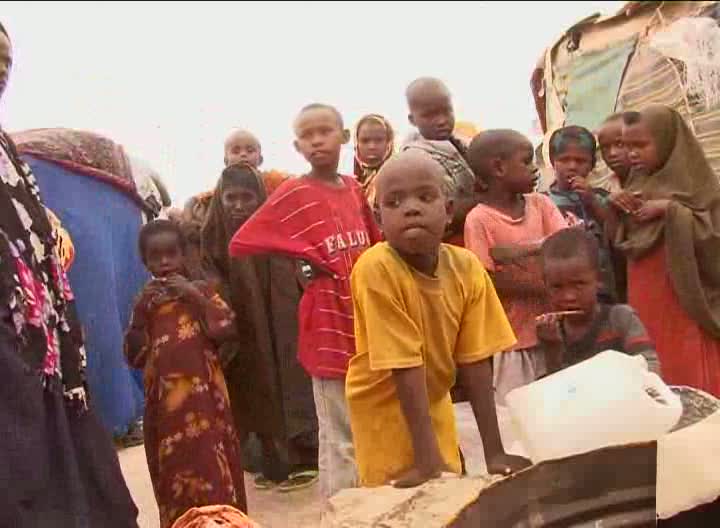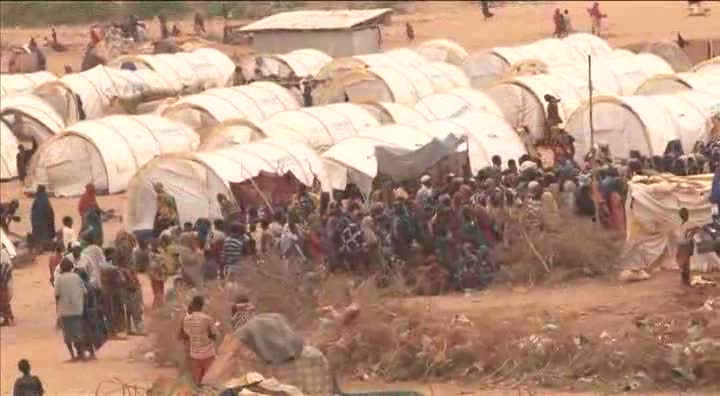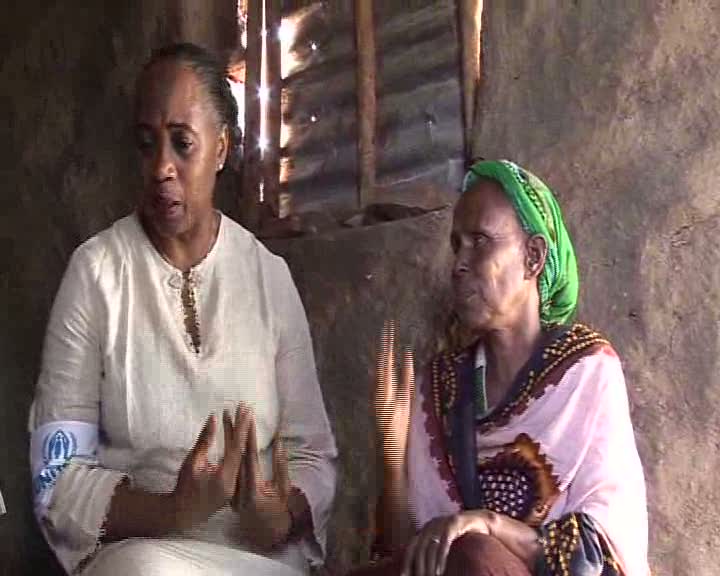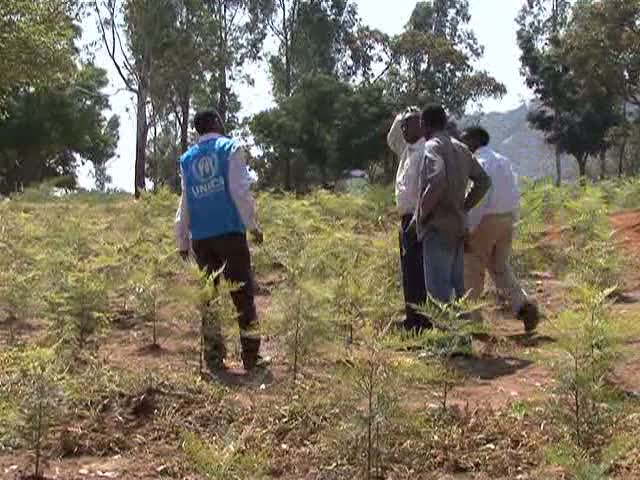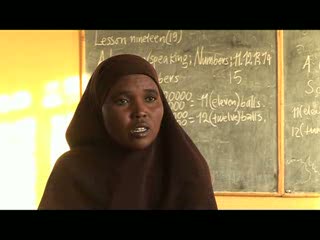Home > Where We Work > Africa > East and Horn of Africa > Ethiopia
2015 UNHCR country operations profile - Ethiopia
| Overview |
Working environment
-
Owing to its geographical location and to geopolitical developments, Ethiopia is likely to receive more people seeking refuge from neighbouring countries in 2015 and beyond. The Government maintains an open-door-policy and continues to allow humanitarian access and protection to those seeking refuge on its territory.
-
Ethiopia received around 200,000 new arrivals, mostly from South Sudan, between January and August 2014. More than 630,000 refugees are accommodated, mainly in camps, throughout the country. The Government allocated land for the 23 camps around Assosa, Dollo Ado, Gambella, Jijiga, Semera and Shire and provides police presence at those locations.
-
Since the beginning of 2014, Ethiopia has accepted almost 190,000 refugees who fled conflict in South Sudan. They are mostly women and children, who need protection and assistance and arrive in often alarming nutritional conditions in the Gambella Regional State in western Ethiopia, where infrastructure and services are limited. Large parts of the region are prone to flooding, including the refugee-hosting areas.
-
UNHCR projects will attempt to address the large number of unaccompanied minors continuously arriving from Eritrea. The high risk of trafficking and smuggling that Eritrean refugees are exposed to remains a concern.
-
Provisions under Ethiopian law for refugees' local integration are very limited. While the country maintains reservations to the 1951 Refugee Convention, notably regarding refugees' employment, it supports an out-of-camp scheme that allows refugees to live outside camps and engage in informal livelihood opportunities. In addition, students can attend universities, with fees paid for by the Government (75 per cent) and UNHCR (25 per cent).
People of concern
The main groups of people of concern to UNHCR in Ethiopia in 2015 are: South Sudanese refugees in camps in the Gambella region who either fled violence that erupted in December 2013, or have arrived since 1991 seeking refuge from previous inter-ethnic clashes; Somali refugees living in Dollo Ado and Jijiga camps, as well as in Addis Ababa, who sought protection in Ethiopia due to insecurity and/or famine at various points between 1990 and 2011;
Eritrean refugees, including many unaccompanied and separated children, who have sought asylum in Ethiopia since 2000 and are mainly located in camps in Afar and Shire, in Tigray region, as well as in Addis Ababa and other urban centres; and Sudanese refugees fleeing fighting in Sudan's Blue Nile State or Darfur, who live in three camps in the Assosa area in Benishangul-Gumuz region.
| UNHCR 2015 planning figures for Ethiopia | |||||
|---|---|---|---|---|---|
| Type of population | Origin | January 2015 | December 2015 | ||
| Total in country | Of whom assisted by UNHCR |
Total in country | Of whom assisted by UNHCR |
||
| Total | 729,460 | 729,460 | 821,700 | 821,700 | |
| Refugees | Eritrea | 106,670 | 106,670 | 131,660 | 131,660 |
| Somalia | 254,680 | 254,680 | 265,010 | 265,010 | |
| South Sudan | 300,000 | 300,000 | 350,000 | 350,000 | |
| Various | 67,620 | 67,620 | 74,530 | 74,530 | |
| Asylum-seekers | Eritrea | 50 | 50 | 50 | 50 |
| Somalia | 50 | 50 | 50 | 50 | |
| South Sudan | 50 | 50 | 50 | 50 | |
| Various | 350 | 350 | 350 | 350 | |
| Response |
Needs and strategies
In 2015, UNHCR will continue providing protection and assistance to more than 720,000 people in Ethiopia. In coordination with the Government and partners, the organization will address the needs of populations of concern.
It aims to improve services, particularly education and health, in camps opened before 2014, and foster resilience through livelihood activities. Camps opened in 2014 will be fully developed, with adequate services and facilities.
Resettlement remains the most viable durable solution for refugees in Ethiopia but is only available to a small percentage of them; the Office aims to increase both the number of refugees resettled and the number of resettlement countries. At the same time, other solutions are being explored: UNHCR's out-of-camp policy, for example, will be further implemented and the Office will advocate for naturalization of refugees married to Ethiopian nationals.
Unaccompanied children arriving from Eritrea in high numbers require special care arrangements to ensure their protection from abuse and trafficking - a comprehensive regional project has been developed.
The above-mentioned are the priorities for all refugee groups. The objectives below represent selected examples to highlight some of the activities.
| Implementation |
Coordination
The effective coordination environment put in place in response to the Level-3 emergency in South Sudan is likely to continue in 2015, particularly for the implementation and review of the Regional Refugee Response Plan.
UNHCR's main government counterpart and implementing partner in Ethiopia will continue to be the Administration for Refugee and Returnee Affairs (ARRA).
The organization will build on well-established coordination forums such as the Refugee Task Force, and stakeholder meetings at field offices and camps.
The Office will continue to engage with UNICEF, guided by a letter of understanding and plan of action that outline coordination of critical activities for: child protection, health and nutrition, education, and water and sanitation. WFP in Ethiopia will issue a new Protracted Relief and Recovery Operation in 2015, coordinating with UNHCR, which will contain newly-introduced components, including the cash-for-food project, expanded use of biometrics, and strengthened protection procedures.
UNHCR is fully engaged in the Humanitarian Country Team in Ethiopia, where programmes are discussed strategically to ensure that the needs of refugees are adequately presented and addressed.
In 2015, the organization will continue to lead the protection cluster within the Ethiopian cluster set-up, with the aim of strengthening coordination and further engagement with the Ethiopian Government, as well as capacity building and mainstreaming protection into other sectors.
| 2015 UNHCR partners in Ethiopia |
|---|
| Implementing partners |
| Government agencies: Administration for Refugee Returnee Affairs, Bureau of Agriculture, Natural Resources Development and Environmental Protection |
| NGOs: Action contre la Faim - France, Africa Humanitarian Action, African Humanitarian Aid and Development Agency, Danish Refugee Council, Development Inter-Church Aid Department. Orthodox Church Ethiopia, GOAL, HelpAge International, International Medical Corps - USA, International Rescue Committee - USA, Jesuit Refugee Service, Lutheran World Federation - Switzerland, Mother and Child Development Organization - Ethiopia, Mothers and Children Multisectoral Development Organization, Norwegian Refugee Council, Opportunities in Industrialisation Centre - Ethiopia, Organisation for Sustainable Development, Oxfam - GB, Partner for Refugee Services, Partnership for Pastoralist Development Association, Pastoralist Welfare Organization, Rehabilitation Development Organization - Ethiopia, Save the Children International, Save the Environment, Tselemet Woreda Agriculture and Rural Development Office, World Vision International, ZOA Vluchtelingenzorg/Refugee Care - Netherlands |
| Others: IOM, UNOPS, UNV |
| Operational partners |
| NGOs: Adventist Development and Relief Agency, Afar Pastoralist Development Association, Catholic Relief Service, Center for Victims of Torture, Comitato Collaborazione Medica, Concern, Cooperazione Internationale, DIAKONIE, EEC/ Mekane Yesus, Humedica, Ethiopian Red Cross Society, Islamic Relief and Development, Médecins Sans Frontières - Spain, Netherlands and France, Norwegian Church Aid, Plan International, Women and Health Alliance International |
| Others: IOM, UNAIDS, UNFPA, UNICEF, WFP, WHO |
| Financial information |
Several mass refugee influxes led to budget increases during the past four years, from USD 100.2 million in 2010 to USD 284.6 million in 2014. For 2015, the ExCom-approved budget is set at USD 206.9 million. This does not include the supplementary needs that arose during 2014 and which, with anticipated new refugee influxes, may require additional funding in 2015.
Funding shortfalls in 2015 would seriously compromise the well-being of people of concern at several levels, particularly their health and the protection of children and women against exploitation or abuse. Secondary movements and the trafficking phenomenon are likely to increase needs, as will, the burden on host communities, with the risk of a reduction in asylum space in Ethiopia.
Source: UNHCR Global Appeal 2015 Update

